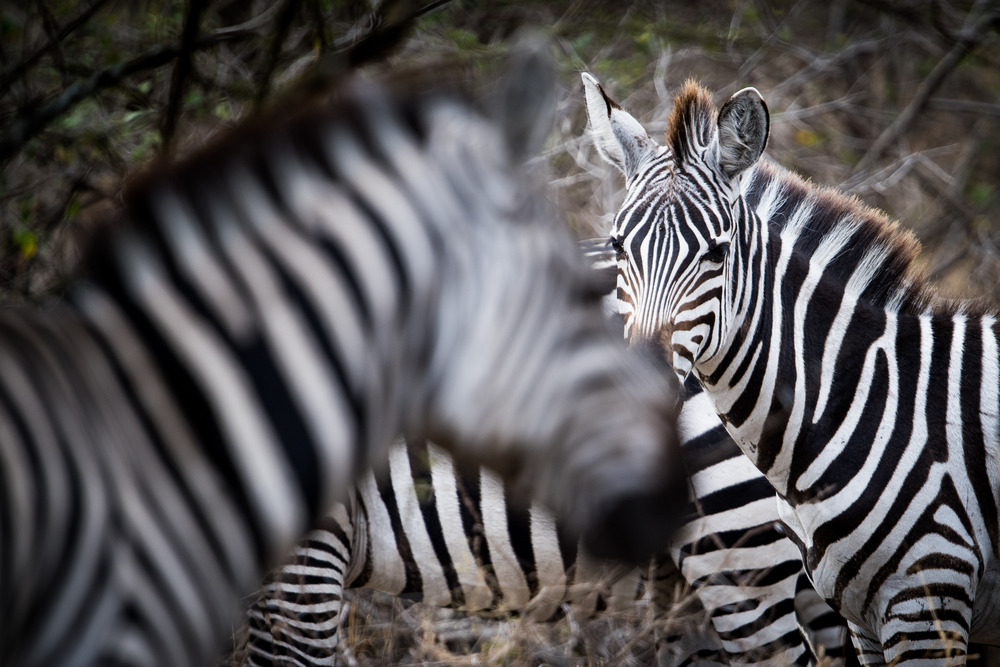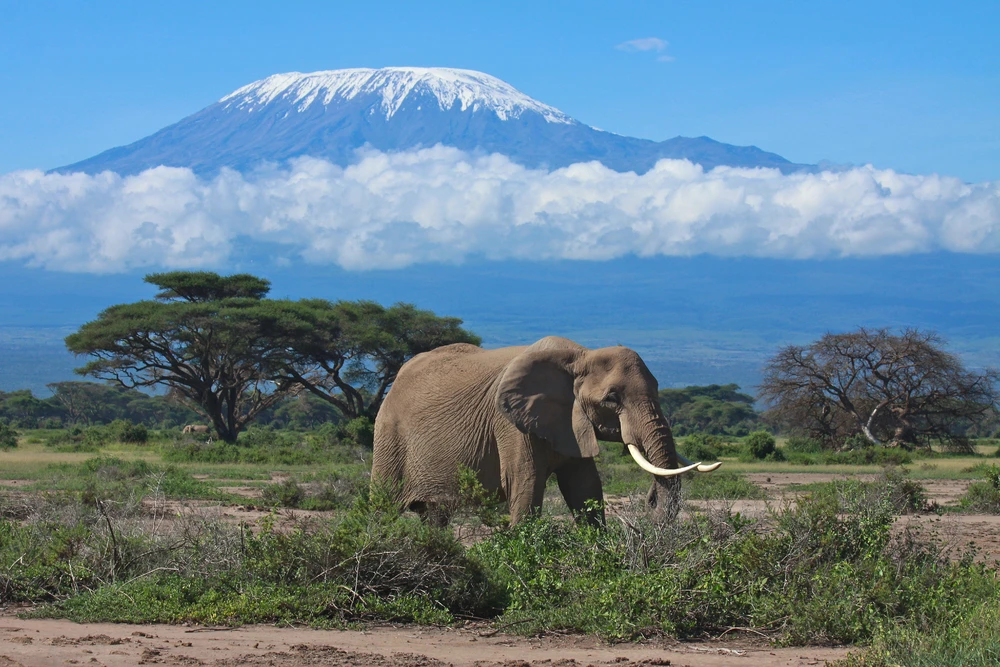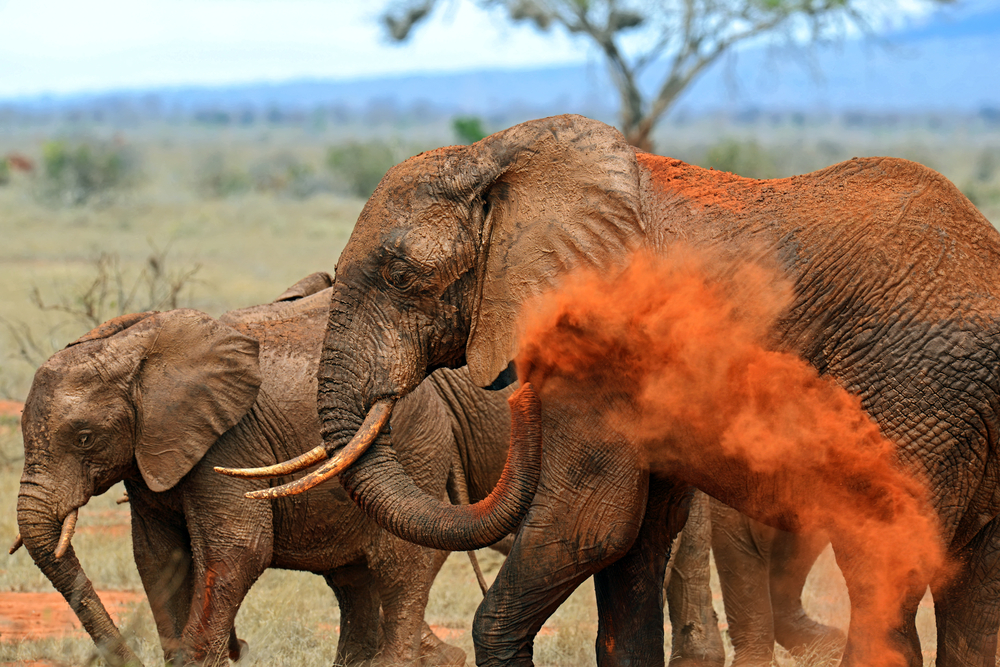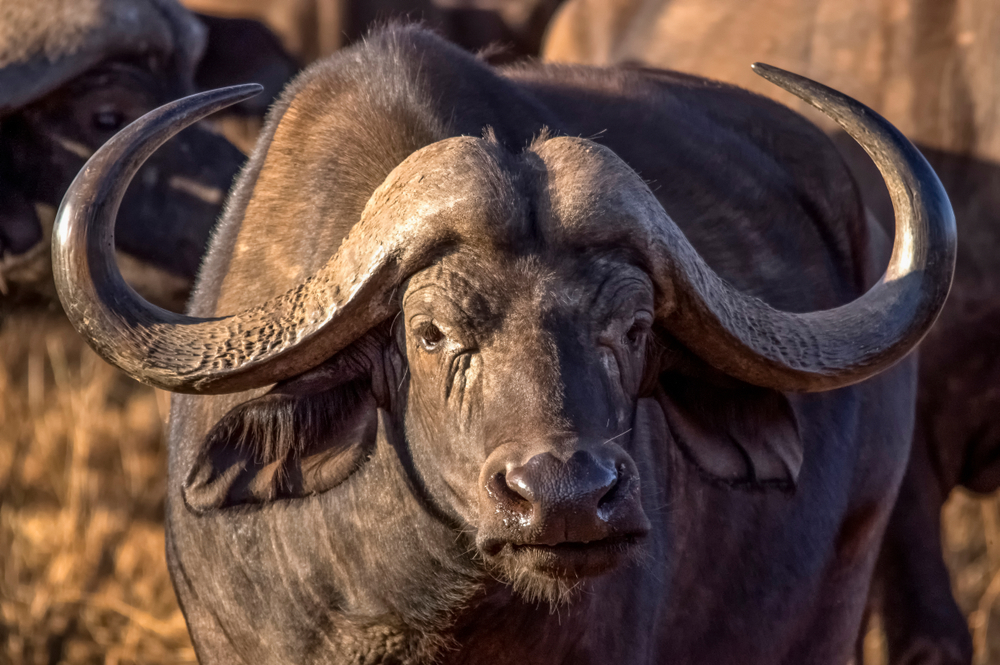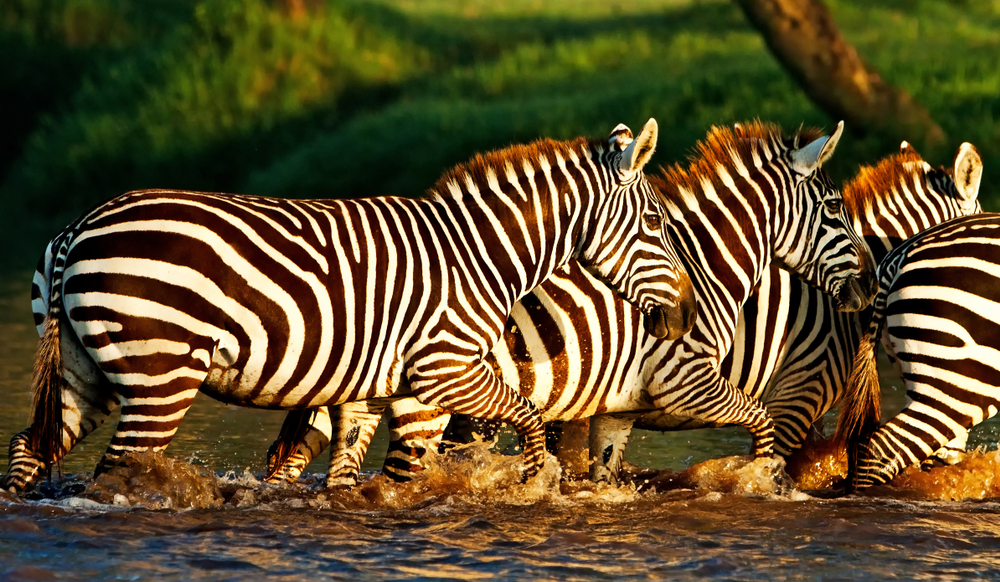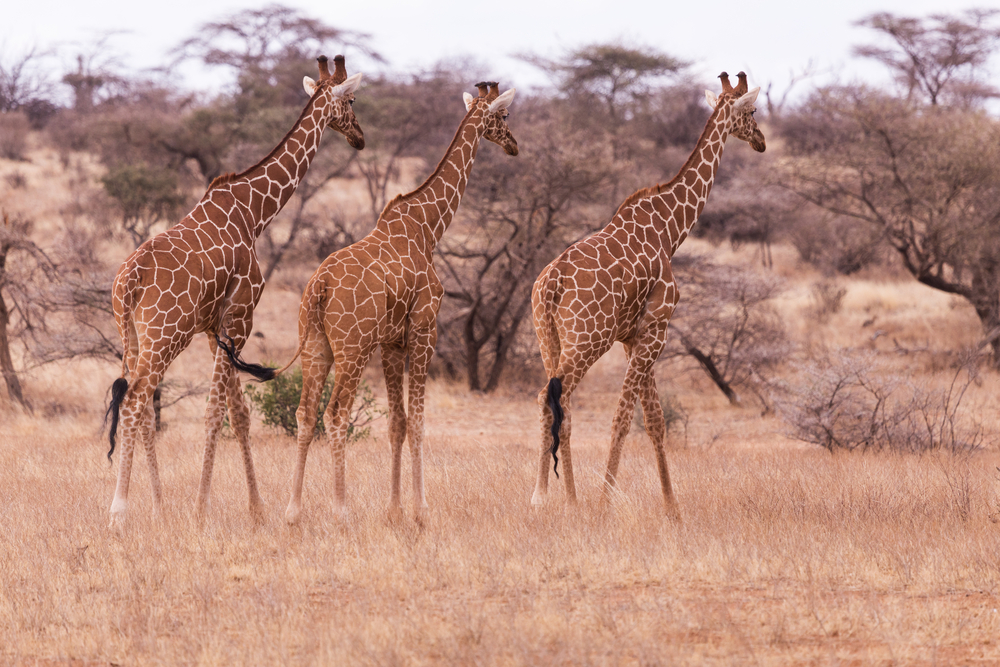Chyulu Hills Overview
Chyulu Hills National Park, locally known as Hifadhi ya Taifa ya Milima ya Chyulu, is a pristine haven located in southeastern Kenya, nestled between Tsavo and Amboseli National Parks. Covering approximately 741 square kilometers (286 square miles), the park boasts an ethereal landscape of rolling green hills, volcanic cones, and ancient lava flows that are as dramatic as they are tranquil.
The Chyulu Hills, formed by volcanic activity around 500 years ago, are home to some of the youngest volcanic mountains in the world. This geological marvel includes the iconic Leviathan Cave, one of the longest lava tubes globally, stretching over 11 kilometers (6.8 miles). Visitors can explore these underground wonders, witnessing a surreal labyrinth of tunnels and formations that bear testimony to the area’s fiery origins.
The park’s hills offer breathtaking views of Mount Kilimanjaro on clear days, making it a favorite destination for photographers and nature lovers. The landscape is dotted with open savannahs, dense forests, and seasonal streams that attract a variety of wildlife. Iconic species such as elephants, giraffes, and buffalos traverse the park, while elusive predators like leopards and cheetahs are also present. The area is also home to endemic species, including the Chyulu Hills bush viper, adding to its ecological significance.
For bird enthusiasts, Chyulu Hills is a paradise. Over 200 bird species have been recorded, including the Hartlaub’s bustard, eastern chanting goshawk, and white-headed buffalo weaver. The park’s diverse habitats support both migratory and resident birds, offering year-round opportunities for birdwatching.
Chyulu Hills National Park is known for its unique combination of volcanic landscapes and thriving ecosystems. The lush montane forests serve as critical water catchments, feeding rivers such as the Tsavo and Galana, which sustain wildlife and local communities. These forests are also rich in indigenous plant species, some of which have medicinal value.
Conservation efforts in the park are spearheaded by the Kenya Wildlife Service in collaboration with local Maasai communities. Initiatives focus on mitigating human-wildlife conflicts, protecting endangered species, and promoting ecotourism. Community conservation programs empower local populations to participate in safeguarding the park’s resources while benefiting from sustainable tourism revenues.
Activities in the park include guided hikes, birdwatching, and exploring the lava tubes. Adventurers can also embark on horseback safaris or camping expeditions, immersing themselves in the tranquility of this untamed wilderness. The park’s proximity to Amboseli and Tsavo National Parks allows for seamless inclusion in broader safari itineraries.
In conclusion, Chyulu Hills National Park is a gem of natural and geological diversity, offering visitors a chance to experience Kenya’s unique landscapes and wildlife. Its combination of scenic beauty, ecological importance, and cultural connections make it an essential destination for nature enthusiasts.








































































